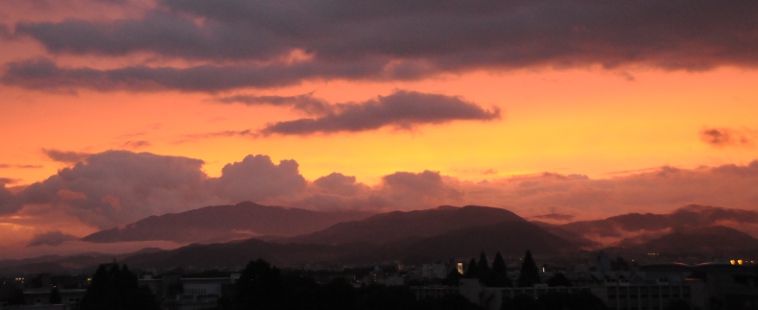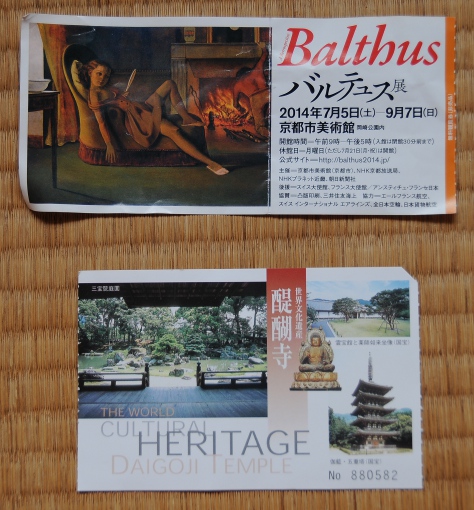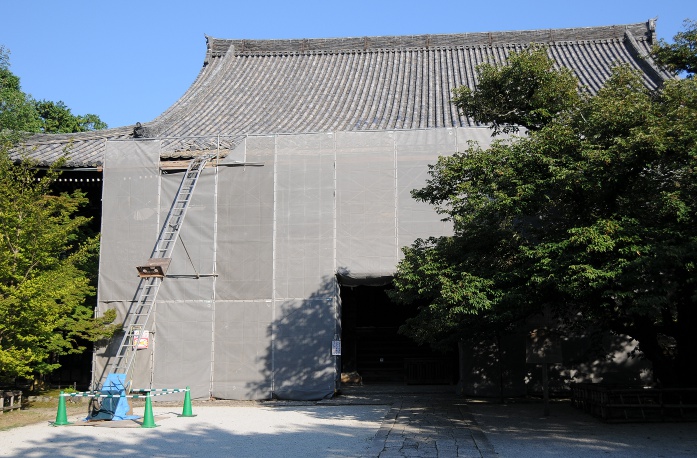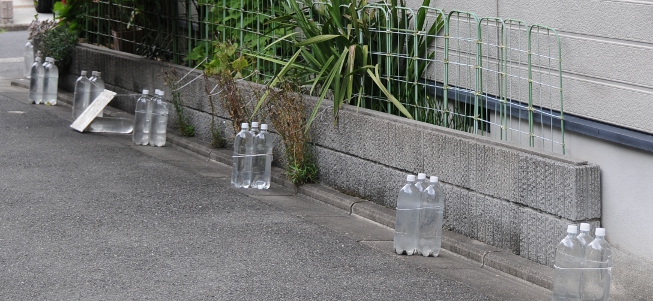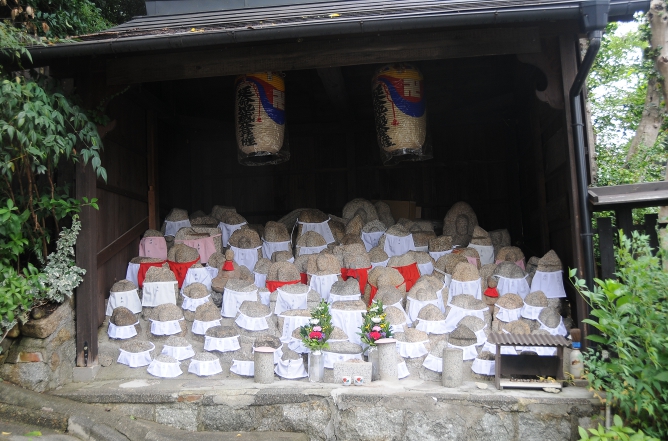People are leaving Japan all around me.
When I woke up today and went downstairs, I noticed the open door opposite of my room. This was the room of the most long-term resident of Ebisu’s who had apparently left early in the morning without me noticing. Never before have I seen it open, it felt strange. Never before had I seen his room, so I went and had a peek. It was odd, seeing it so empty, so devoid of everything he had been. Just a pile of futons and sheets in one corner, a table in another, the tatami tattered at places. Curtains and windows were open just as the door, not much left that could be traced to him personally, only these hanging on a nail: 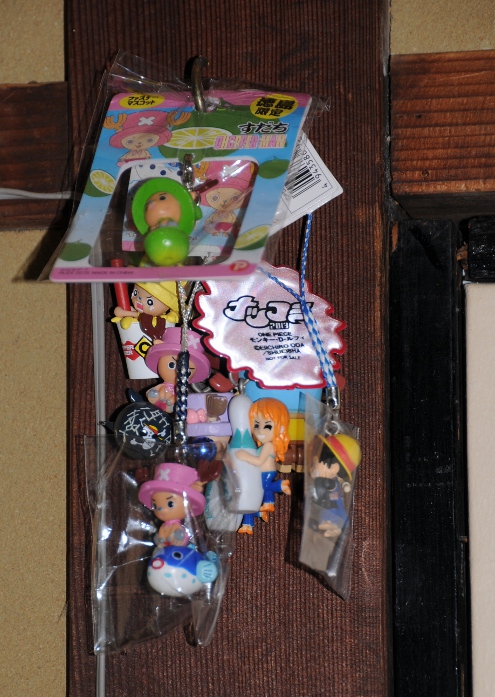 He had lived at Ebisu’s for more than five years, he was here all the time I had been here, and now he returned to Europe. He knew so much about Kyoto and Japan, showed me the ropes in my first weeks, told me where to get what,… Whenever I had a problem he would be there to solve it – except my personal problems with spiders and cockroaches, I needed to do that by myself. I am not sure whether I’d call him simply a housemate or a friend – I’m very picky with this title though – but I liked him a lot and we had nice and deep conversations about all sorts of stuff. This is why it is odd to say: I miss him already, but it is true, besides that, Ebisu’s feels different now with that one corner room empty… I’m sorry I was too late and could not say goodbye in person – have a great time back home, I’ll see you when you’re returning to Kyoto, soon, hopefully!
He had lived at Ebisu’s for more than five years, he was here all the time I had been here, and now he returned to Europe. He knew so much about Kyoto and Japan, showed me the ropes in my first weeks, told me where to get what,… Whenever I had a problem he would be there to solve it – except my personal problems with spiders and cockroaches, I needed to do that by myself. I am not sure whether I’d call him simply a housemate or a friend – I’m very picky with this title though – but I liked him a lot and we had nice and deep conversations about all sorts of stuff. This is why it is odd to say: I miss him already, but it is true, besides that, Ebisu’s feels different now with that one corner room empty… I’m sorry I was too late and could not say goodbye in person – have a great time back home, I’ll see you when you’re returning to Kyoto, soon, hopefully!
Other people are moving too. My friends from Kobe, whom I visited just two weekends ago, returned to Austria today. Thanks for all the books guys, take care!
Tomorrow another one of my housemates will leave. She was only here for three months, but she was really nice to be with. Today we went to a really nice sushi restaurant, her first and last time to have decent sushi in Japan. We both enjoyed it greatly and I hope she’ll be back some day for more. Thanks for your biscuit cake recipe!

